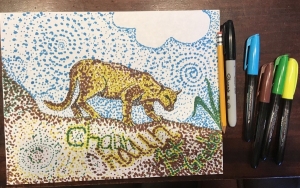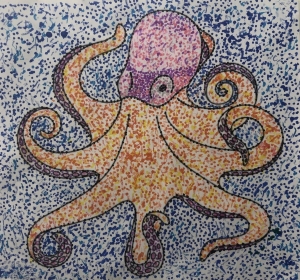Artful LearningBlogBlog 10: Arcimboldo and Seurat
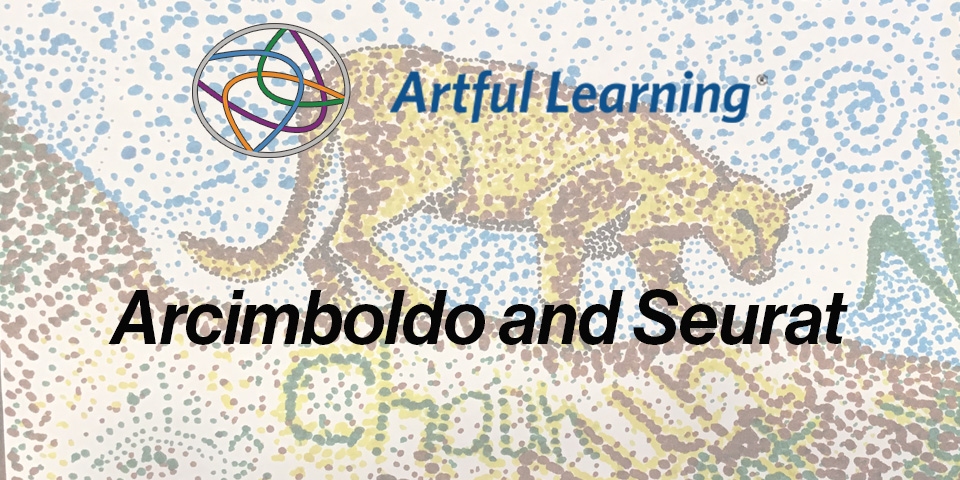
July 13, 2020
Arcimboldo and Seurat
This past spring, distant learning was never more fun - or delicious! Artful Learning allows teachers the creative freedom to incorporate art into important lessons that are unique to each grade level. Ms. Blesdoe’s class from Meadow View Elementary School used the amusing works of Giuseppe Arcimboldo to connect with her students about healthy habits and why they are important. Arcimboldo was born in Milan, Italy in 1527 and he is most famous for his creative portraits of heads made from different objects.
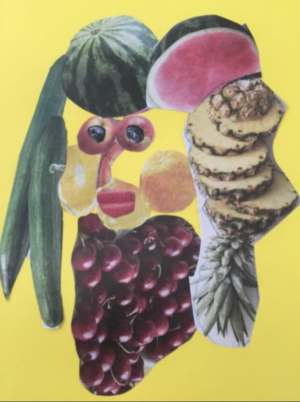
Arcimboldo is typically a favorite among students because he challenges the different viewpoints when looking at his work. One portrait may seem like a face when looking from a specific angle; however, it may also look like a simple bowl of vegetables when it is turned around. Blesdoe used lessons typically used in health class and incorporated the food pyramid alongside Arcimboldo’s Masterwork. Inspired by Arcimboldo’s “Composite Heads,” the students were able to recreate their faces with images of various fruits and vegetables.
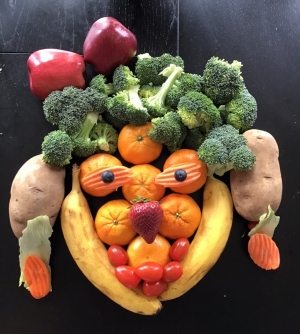
Additionally, the students discovered what pointillism was and why it’s an essential artistic technique. Blesdoe’s class experienced it firsthand as they learned that Georges Seurat initially implemented it. Seurat was born in 1859 to a wealthy family in Paris, where he was able to foster his admiration of art by attending formal art schools. One of his unique painting methods is the pointillism technique, which entails using small colored dots in clusters and patterns to create a distinct image. These images are typically discernible when looking at them from a short distance.
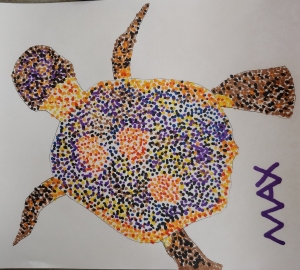
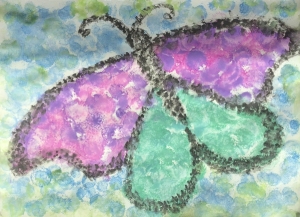
Seurat’s use of pointillism in many of his pieces, including the world-renowned “A Sunday Afternoon on the Island of La Grande Jatte,” is said to be the marker that introduced the art movement known as Neo-impressionism. Blesdoe’s class used the pointillism technique to recreate the animals they had individually studied previously. Not only did her class learn about the diverse composition of the animal kingdom, but they also applied this revered art technique to enhance their understanding and perspectives.
